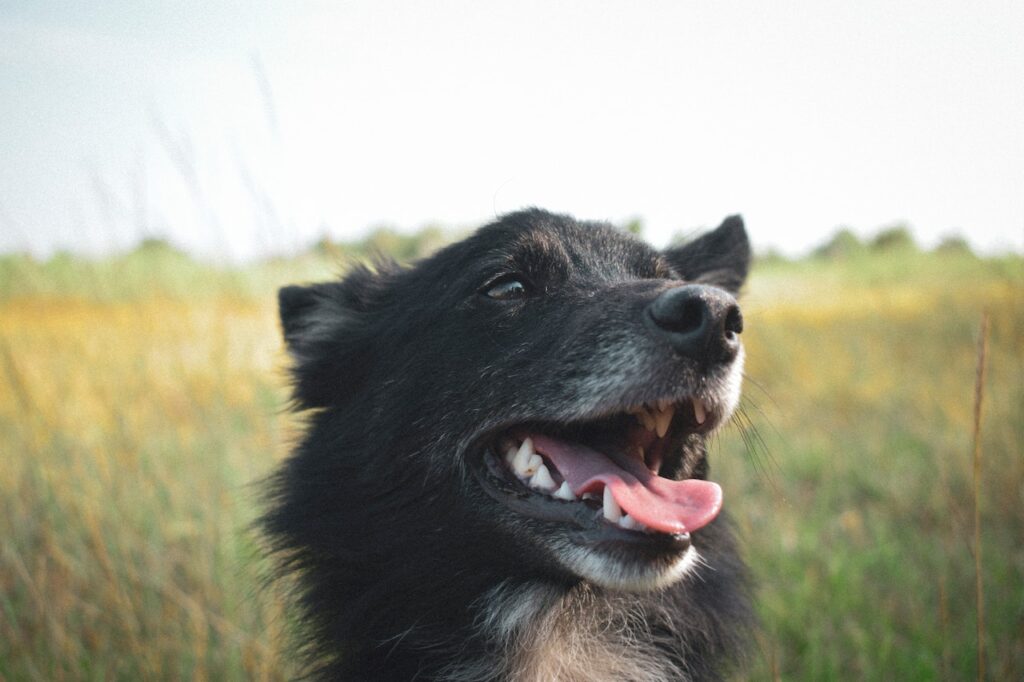
Dogs communicate primarily through body language, using subtle cues and signals to convey their emotions, intentions, and needs. Understanding dog body language is crucial for building a strong bond, preventing conflicts, and ensuring the well-being of your canine companion. In this article, we will delve into the intricacies of dog body language, decoding the signs and signals that dogs exhibit, and providing valuable insights into effective communication with your furry friend.
A dog’s tail can convey a range of emotions. A wagging tail doesn’t always mean happiness; the speed, height, and stiffness of the wag can indicate excitement, fear, or aggression. A tucked tail indicates fear or submission, while a raised, stiff tail can signal alertness or dominance.
A dog’s face expresses a wealth of information. A relaxed and open mouth with relaxed facial muscles indicates contentment, while a tense or wrinkled forehead may indicate stress or discomfort. Dilated pupils can indicate fear or arousal, while squinting or avoiding eye contact can signal submission or anxiety.
The position of a dog’s ears can provide insights into their emotional state. Erect ears generally indicate alertness or attentiveness, while flattened or pulled-back ears can signal fear or submission. Raised ears can indicate curiosity or excitement.
A dog’s overall body posture reveals a lot about their intentions and emotions. A relaxed and loose body posture indicates comfort and contentment, while a stiff and tense body suggests fear or aggression. A lowered body position with weight shifted back can indicate submission.
While body language is the primary mode of communication for dogs, vocalizations also play a role. Barking can signify various emotions, including excitement, fear, or alertness. Growling may indicate aggression or discomfort, while whimpering or whining can signal anxiety or pain.
Eye contact is a significant form of communication in the dog world. Direct, intense eye contact can be perceived as a challenge or threat, especially by unfamiliar dogs. Averted or soft eye contact can convey friendliness and submission. It’s important to respect a dog’s comfort level with eye contact and not force it.

A dog’s mouth and lip movements offer important cues. A relaxed, slightly open mouth indicates a calm state, while a closed mouth or lips pulled back in a tight line can signal stress or aggression. Licking or lip-licking can be a sign of anxiety or appeasement.
The context and accompanying body movement of a wagging tail provide insights into a dog’s emotional state. A loose, sweeping wag with a relaxed body suggests friendliness, while a stiff body and rapid wagging can indicate excitement or tension. A tucked tail or slow wag may indicate fear or insecurity.
Dogs use various social signals during interactions. Play bows, where the front end is lowered with the rear end raised, are an invitation to play. Showing the belly or exposing the throat can signal submission and trust, while mounting can be a display of dominance or overstimulation.
It’s important to note that individual dogs may have unique body language variations or preferences. Spending time observing and understanding your specific dog’s body language will help you develop a stronger connection and better interpret their signals.
Understanding dog body language is essential for effective communication and building a strong relationship with your canine companion. By learning to decode the signs and signals dogs exhibit through their tail, facial expressions, ears, body posture, and vocalizations, you can better respond to their needs.